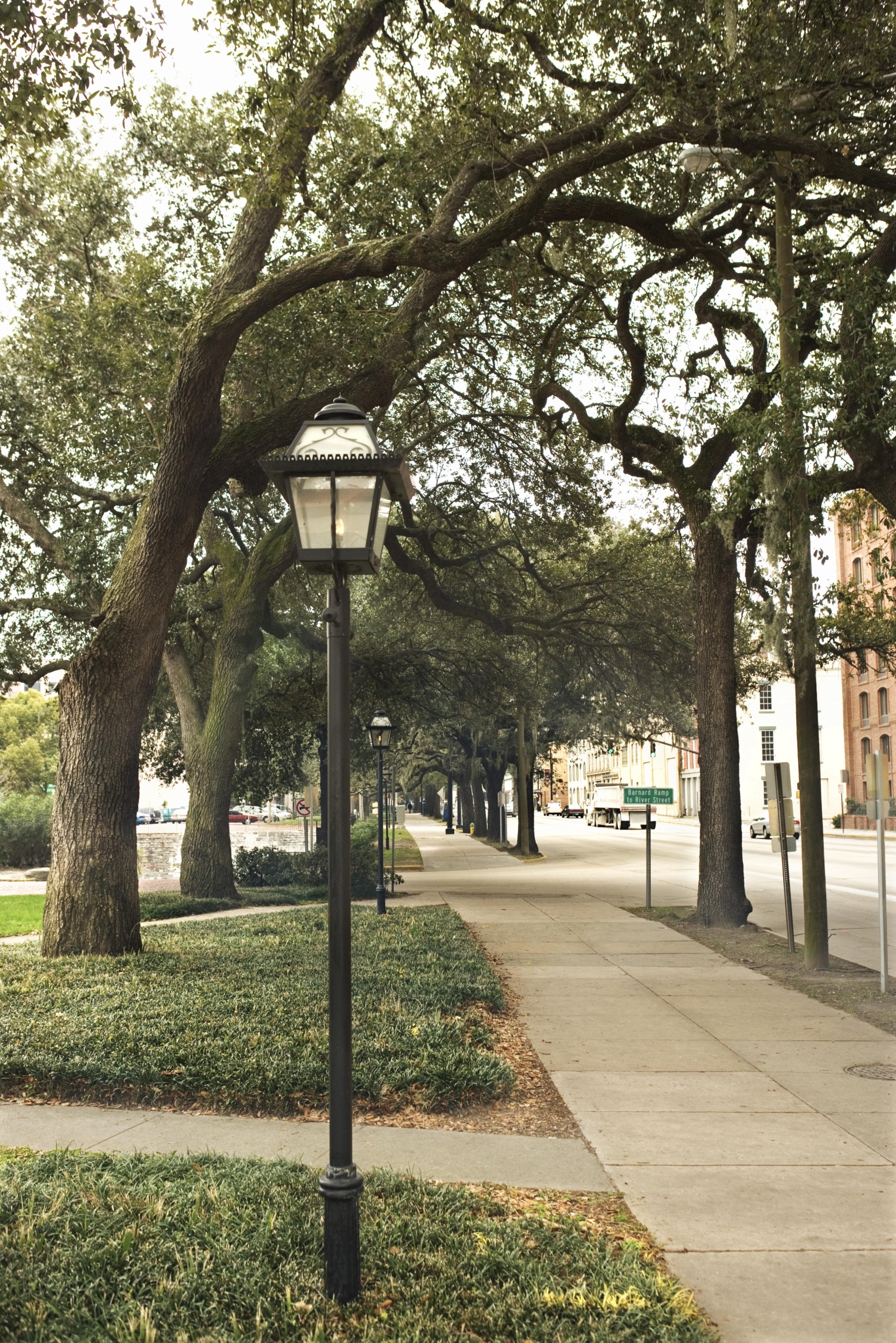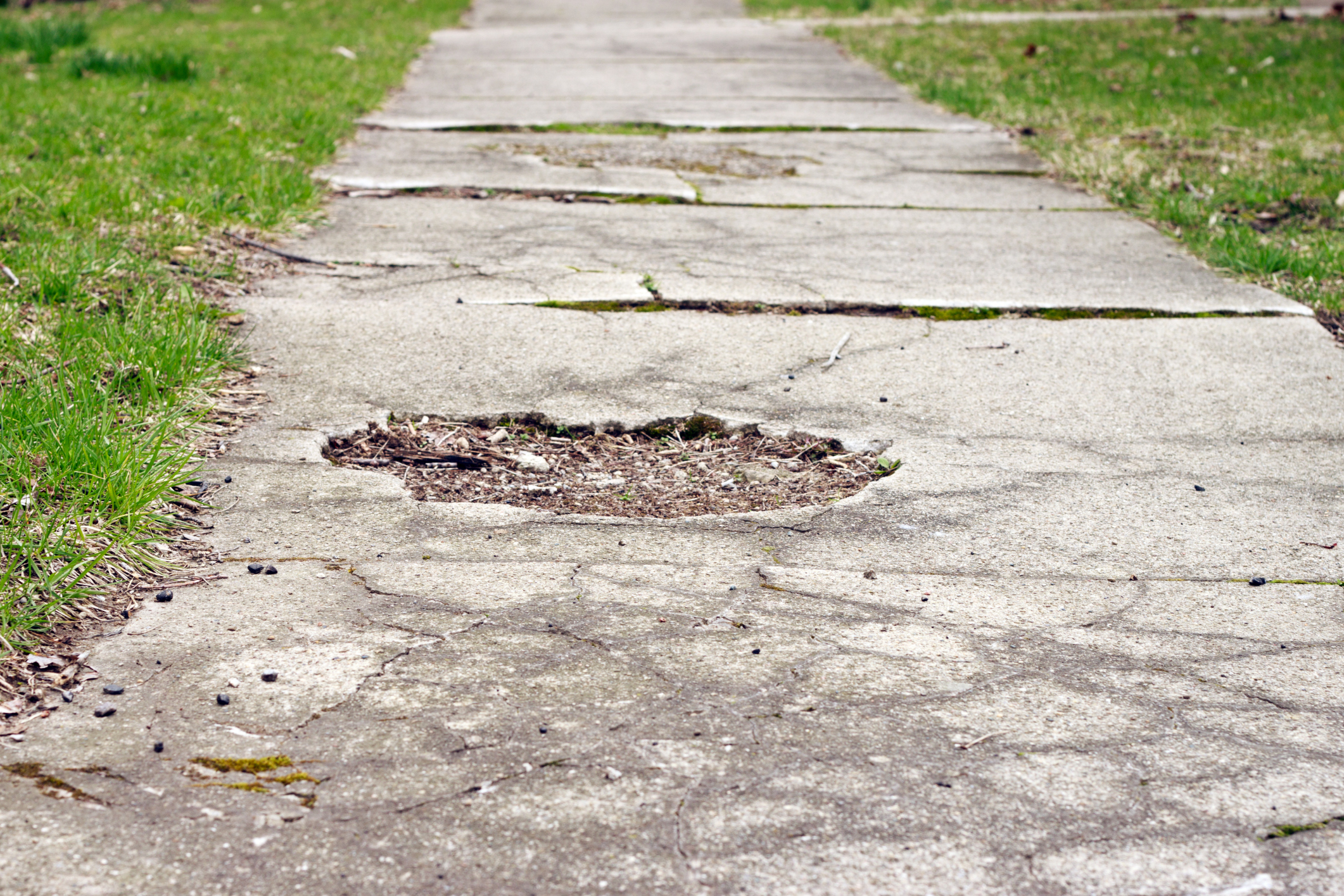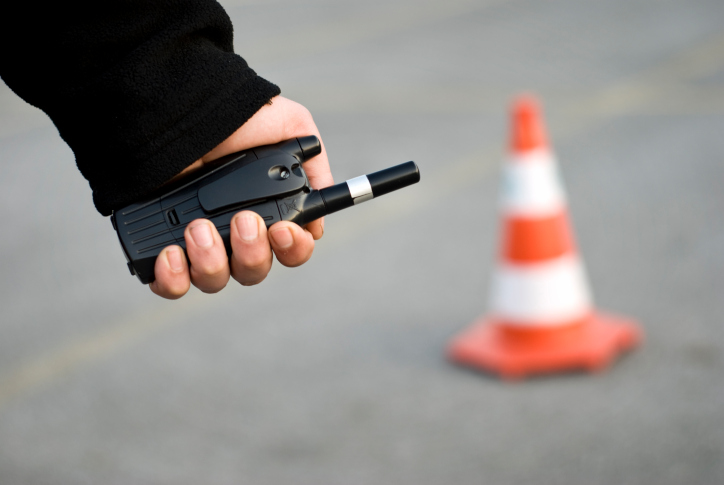Most of us don’t think about sidewalks; their practical convenience is virtually invisible to us, but they can be a potential cause of both liability and workers’ compensation claims. Local governments own and maintain miles of sidewalk that are used daily by employees, citizens and tourists, and local governments are responsible for keeping these sidewalks in good condition to ensure the safety of its users.
 This responsibility requires that sidewalks be properly maintained, that defects are repaired as soon as practical, and where the defect cannot be repaired immediately, barricades or other warning devices be used.
This responsibility requires that sidewalks be properly maintained, that defects are repaired as soon as practical, and where the defect cannot be repaired immediately, barricades or other warning devices be used.
Courts have not determined specific criteria for walkway hazards, but a locality could be found liable if a depression or rise in excess of 1.25 inches exists and someone is injured as a result of the condition. Implementing an effective sidewalk safety maintenance program can help minimize liability and exposure.
Where to begin
The best way to find out about problems is through routine inspection of your sidewalks. Since reasonable inspection of all public premises is assumed by law, an inspection and response program for public premises should be in place and should include your sidewalks. Local government programs will differ depending upon the size of the entity. However, a formal, or written, reporting process is advisable.
Involve employees and citizens
If possible, involve employees and citizens in your program. This may be done through a suggestion box or other communication system such as employee newsletters or posters. Citizens could be notified by fliers in water bills or other communications from the locality.
The police department is a valuable resource to assist in the informal inspection of your sidewalks since officers tend to be more familiar with the streets and sidewalks than other employees or citizens.
Involving your employees and citizens increases the awareness of safety hazards. More importantly it conveys the local government’s concern and care for the safety of all persons.
Program basics
To establish sidewalk safety program localities should consider these basic guidelines.
- Be proactive. A proactive approach to correcting problems avoids injuries and lawsuits.
- Be aware. Educational programs to inform employees of the importance of reporting defects are vital to effective sidewalk safety.
- Establish criteria for repair and replacement of sidewalks, including what conditions warrant replacement or repair such as broken or missing pieces of sidewalk and differences in elevation.
- Determine if any obstacles on the city sidewalk can be eliminated or made less hazardous. Obstacles include trees, water valve covers, or newspaper stands. Consider placing grates, curbs, planters or other protective devices around trees to emphasize that they are not part of the walkway.
- Determine who and/or what department will be responsible for the program and have all complaints or notifications of defects reported directly to them. Maintain records of all notifications and responses.
- Determine how much you can spend. The budget will include the employee or department expenses to administer the program and the cost of repairs.
- Determine how the inspection process will be conducted, including how often and the order in which areas will be examined. Well-traveled areas and areas traveled at night without good lighting should receive immediate attention.
- Distinguish between conditions which constitute critical response or routine maintenance. Examples of critical response conditions requiring immediate attention are loose or missing manhole covers, grates, or other openings that are usually protected that present a hazard to users. Critical response may only require immediate posting of warning signs or devices to alert pedestrians to the hazard until the situation can be corrected.
- Keep accurate and complete records of inspections and repairs. All inspection records should be dated and signed by the employee and provide a complete description of the problem, the location and the response.
- Once the program is established and implemented, monitor the program to ensure its effectiveness and efficiency.
Regular inspections and repairs of sidewalks help local governments protect themselves from liability for claims arising on their sidewalks. Watch your step and establish a program today.
For more information on sidewalk safety, check out VMLIP’s Sidewalk Safety module available in the Multimedia Library. This module will help participants learn how to develop and implement a sidewalk safety program; identify defective conditions; conduct an initial survey and follow-up inspections; prepare documentation; take corrective action; and will review training requirements, complaint policies, and accident reporting and incident investigation procedures.
VMLIP offers more than just coverage. We are partners in risk management. How does your insurer stack up? Having all lines of coverage with VMLIP ensures that your organization is receiving comprehensive coverage and a wide variety of value-added services tailored to Virginia’s local governmental entities. Call for a quote today: (800) 963-6800. For more information on VMLIP visit: www.vrsa.us or follow us on Facebook.
** VMLIP blog postings are offered for VMLIP members to utilize in strengthening their risk management efforts. See copyright information for clarification on sharing this information.




